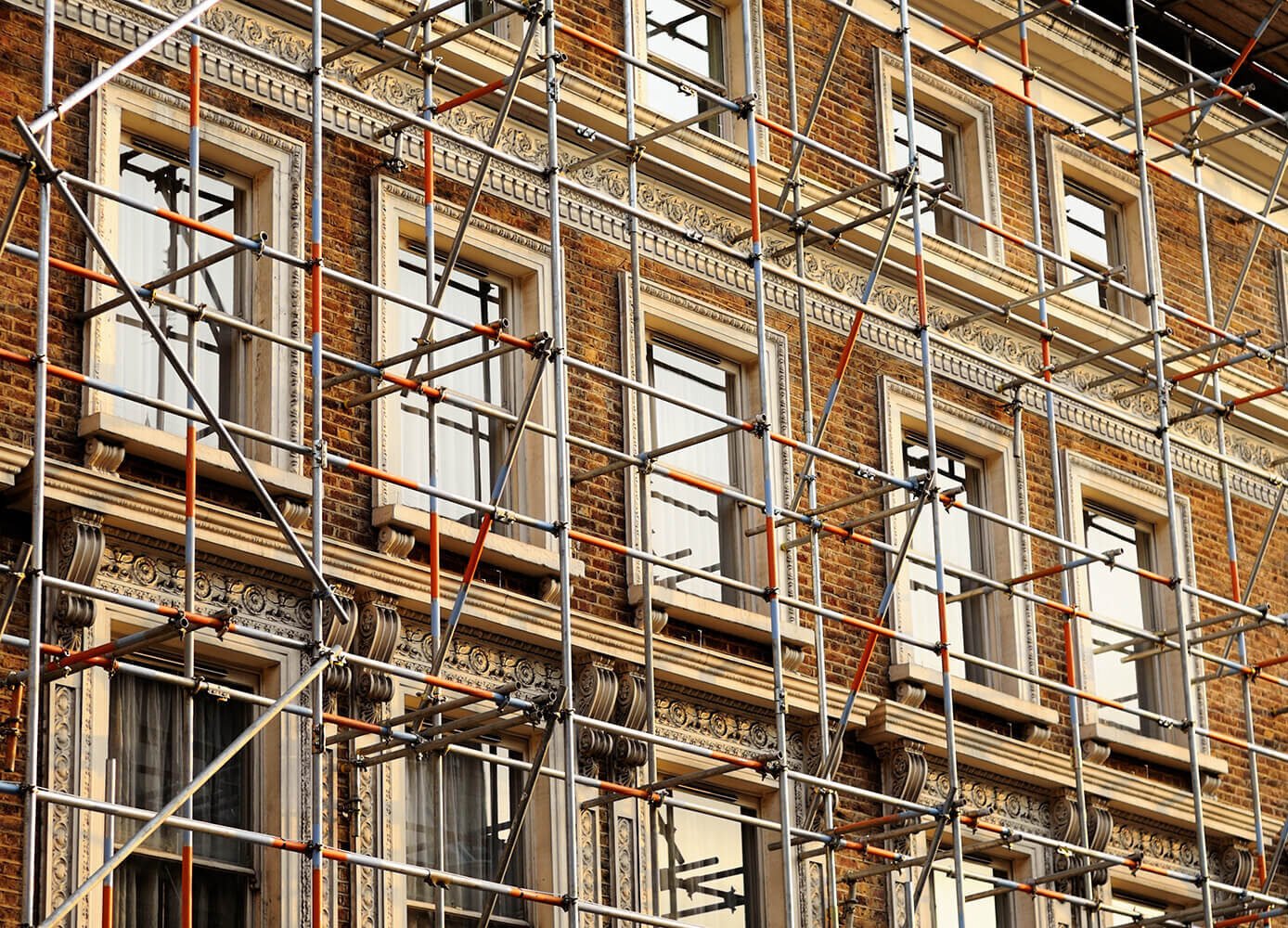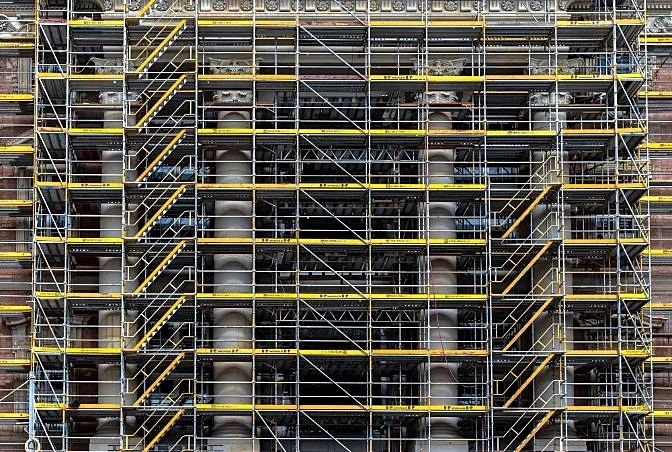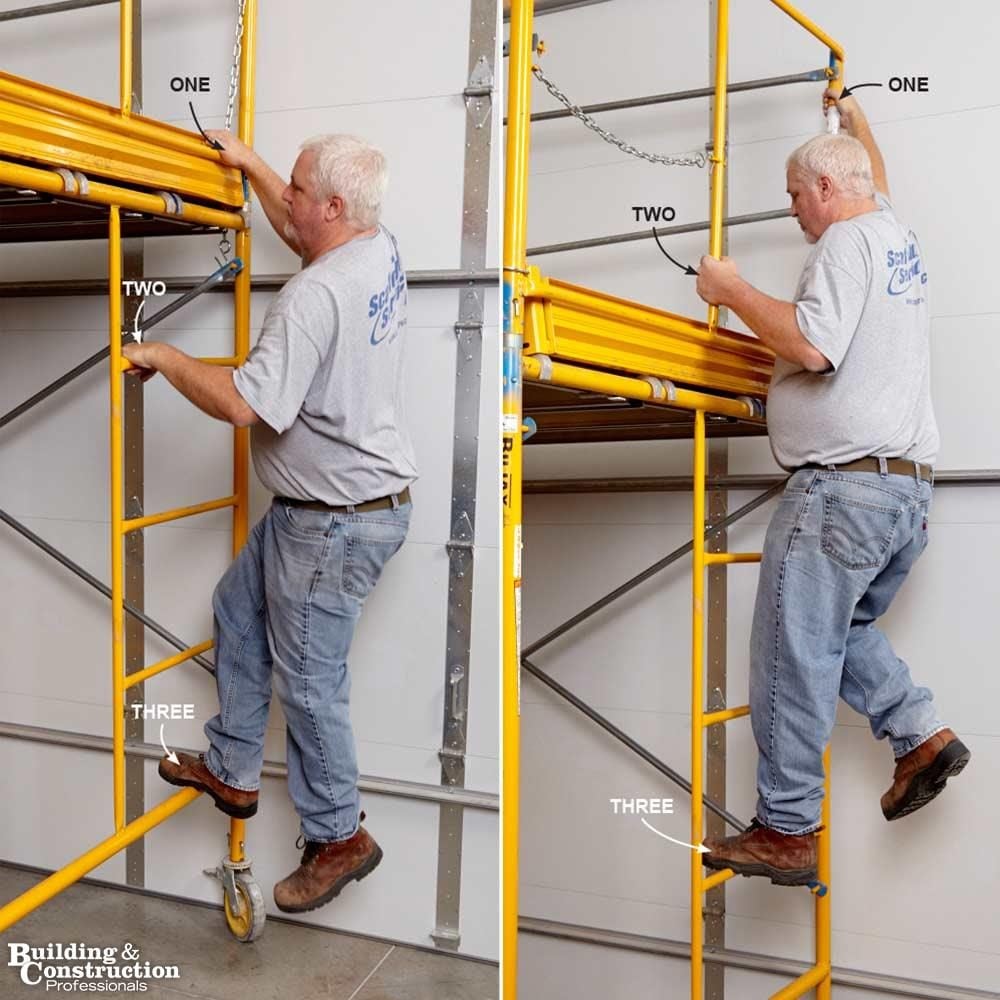Get the Best Scaffolding Cobham Services for Your Building Projects
Get the Best Scaffolding Cobham Services for Your Building Projects
Blog Article
Exploring the Various Sorts Of Scaffolding Made Use Of in Building Projects
The building and construction sector counts greatly on numerous sorts of scaffolding to satisfy particular project needs, each offering distinct benefits and applications. Conventional frame scaffolding gives a durable structure for general jobs, while suspended scaffolding is crucial for service high-rise structures. Various other choices, such as system and rolling scaffolding, accommodate effectiveness and mobility, respectively. Moreover, the cantilever variant confirms indispensable in city atmospheres where room is constrained. Recognizing the nuances of these scaffolding kinds is vital for enhancing safety and performance on building and construction websites, prompting a better exam of their unique qualities and applications.

Typical Framework Scaffolding
Conventional frame scaffolding is among the most extensively used methods in the building and construction market due to its toughness and flexibility. This system is composed of horizontal and upright frameworks that are assembled to produce a stable system for workers and products. The major components consist of vertical articles, horizontal ledgers, and angled braces, which with each other offer a strong structure that can support substantial tons.
Among the vital advantages of conventional structure scaffolding is its flexibility to various building and construction projects, ranging from property structures to big business frameworks. The modular layout permits easy assembly and disassembly, making it effective for both temporary and lasting projects. Additionally, the system can be personalized in elevation and size, suiting various structure layouts and website problems.
Safety and security is paramount in scaffolding applications, and conventional framework systems are furnished with guardrails and toe boards to avoid drops and make certain employee defense. Furthermore, regular inspections and adherence to safety regulations are important in preserving the honesty of the scaffold. Overall, typical structure scaffolding continues to be an essential option in the building industry, giving a trusted system for labor and improving general project performance

Suspended Scaffolding
Suspended scaffolding supplies a distinct remedy for building tasks that require accessibility to raised surfaces, particularly in scenarios where standard framework scaffolding might be unwise. This sort of scaffolding is usually suspended from the roofing or top levels of a structure, making use of a system of ropes, platforms, and pulley-blocks to produce a functioning room that can be adjusted to different elevations.
Among the key advantages of suspended scaffolding is its versatility. It can be conveniently rearranged or lowered to fit adjustments in building and construction needs, making it optimal for jobs such as window setup, frontage job, and upkeep on skyscraper structures. Additionally, the minimal footprint of suspended scaffolding enables for much better use ground area in city settings, where room is often limited.
Safety is an essential factor to consider in making use of put on hold scaffolding. Correct rigging and securing systems have to be used to make certain security and avoid mishaps. Operators has to additionally be educated in the secure use this devices. Generally, suspended scaffolding offers a reliable and reliable option for accessing hard-to-reach areas in various construction circumstances, boosting both efficiency and safety on site.
System Scaffolding
System scaffolding, frequently considered a contemporary option in the scaffolding market, consists of pre-engineered elements that can be quickly constructed and adapted for numerous building tasks. Scaffolding. This sort of scaffolding is identified by its modular style, which enables flexibility and performance on task websites, accommodating various elevations and structural needs
Commonly made from high-strength steel or aluminum, system scaffolding uses enhanced toughness check and security. The elements include upright posts, horizontal ledgers, and angled braces, which adjoin securely, guaranteeing a durable structure. The design commonly incorporates standardized installations, streamlining setting up and disassembly processes, thus lowering labor time and prices.

Rolling Scaffolding
Rolling scaffolding additional reading is a versatile choice to standard fixed scaffolding, designed for flexibility and simplicity of use on building and construction sites. This sort of scaffolding contains a system supported by frames with wheels, enabling workers to conveniently relocate it as required. The flexibility function significantly improves performance, as it decreases downtime connected with taking apart and assembling taken care of scaffolding.
Usually constructed from lightweight products such as aluminum or steel, rolling scaffolding uses a sturdy yet mobile solution for jobs calling for frequent repositioning - Scaffolding. It is especially advantageous in tasks such as paint, drywall installation, and electrical job, where accessibility to various heights and locations is needed
Safety is critical in rolling scaffolding layout, with features such as locking wheels to stop unintended motion when in operation, and guardrails to shield workers from falls. Furthermore, several models are adjustable in elevation, accommodating different job demands.
Cantilever Scaffolding

The layout of cantilever scaffolding normally includes making use of braces or arms secured to a building or framework, enabling the system to extend exterior safely. Safety and security is critical; hence, these scaffolds should be crafted to endure various tons and ecological conditions. Routine examination and maintenance are necessary to guarantee architectural integrity and worker safety and security.
Cantilever scaffolding is favored for its convenience and efficient usage of area, making it a preferred choice in metropolitan settings where space restrictions are usual. It assists in less complicated access to high elevations, eventually adding to the total performance of construction projects. Just like all scaffolding types, appropriate training and adherence to safety and security criteria are crucial for workers using cantilever scaffolding.
Final Thought
Finally, the varied sorts of scaffolding made use of view publisher site in construction projects each serve distinct functions tailored to particular site demands. Standard framework scaffolding supplies security, while put on hold scaffolding uses adaptability for raised jobs. System scaffolding assists in fast assembly, and rolling scaffolding improves wheelchair for differing workplace. Cantilever scaffolding successfully attends to challenges in metropolitan settings. Understanding these scaffolding types is essential for optimizing safety and security and performance in building and construction, inevitably contributing to the successful conclusion of tasks.
Conventional frame scaffolding gives a strong foundation for basic tasks, while put on hold scaffolding is necessary for work on skyscraper structures.Moving scaffolding is a flexible alternative to standard fixed scaffolding, designed for wheelchair and ease of usage on construction websites. As with all scaffolding types, proper training and adherence to security standards are essential for employees using cantilever scaffolding.
Traditional framework scaffolding provides security, while put on hold scaffolding provides versatility for elevated jobs. System scaffolding helps with fast setting up, and rolling scaffolding improves flexibility for varying job settings.
Report this page